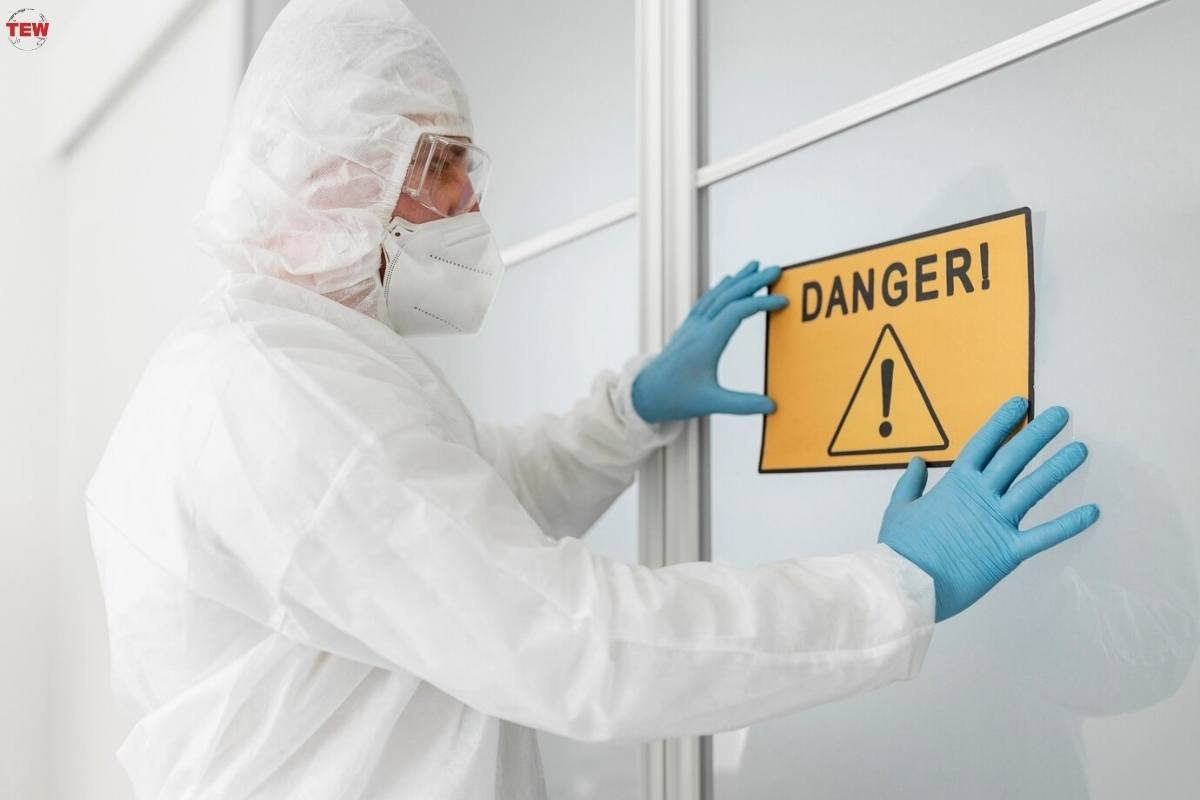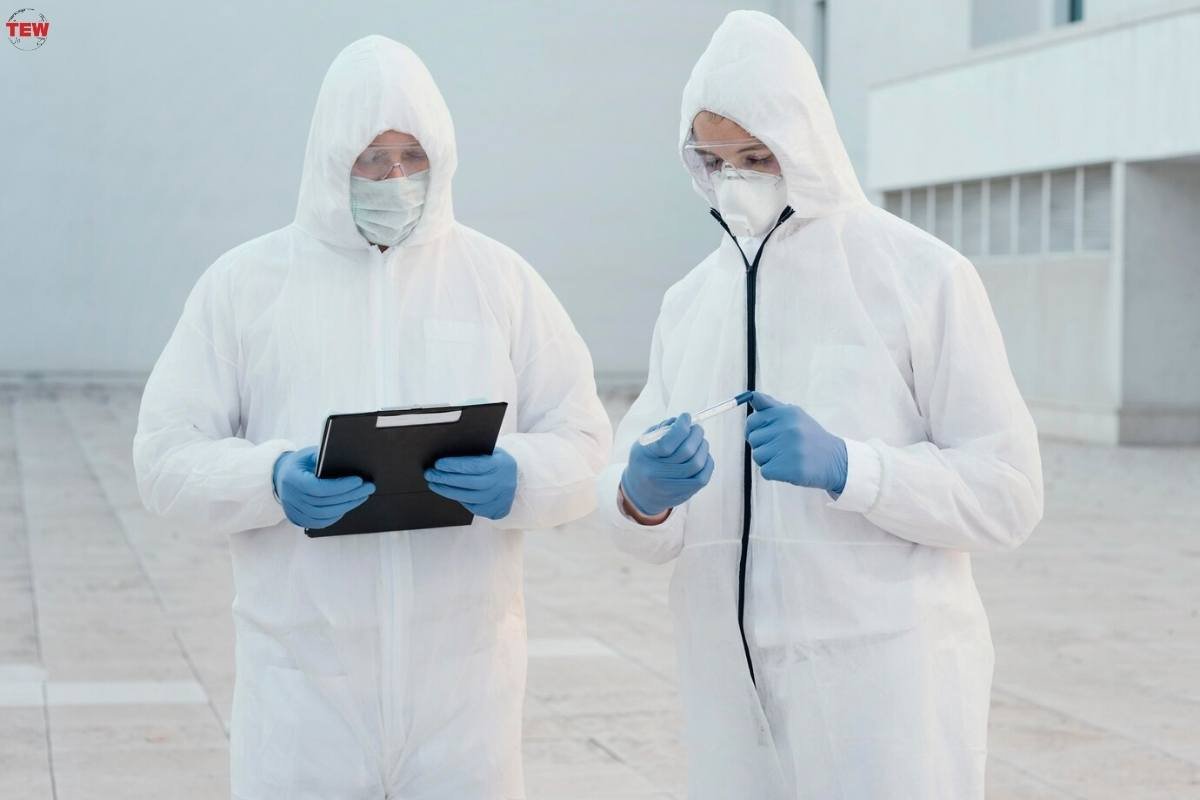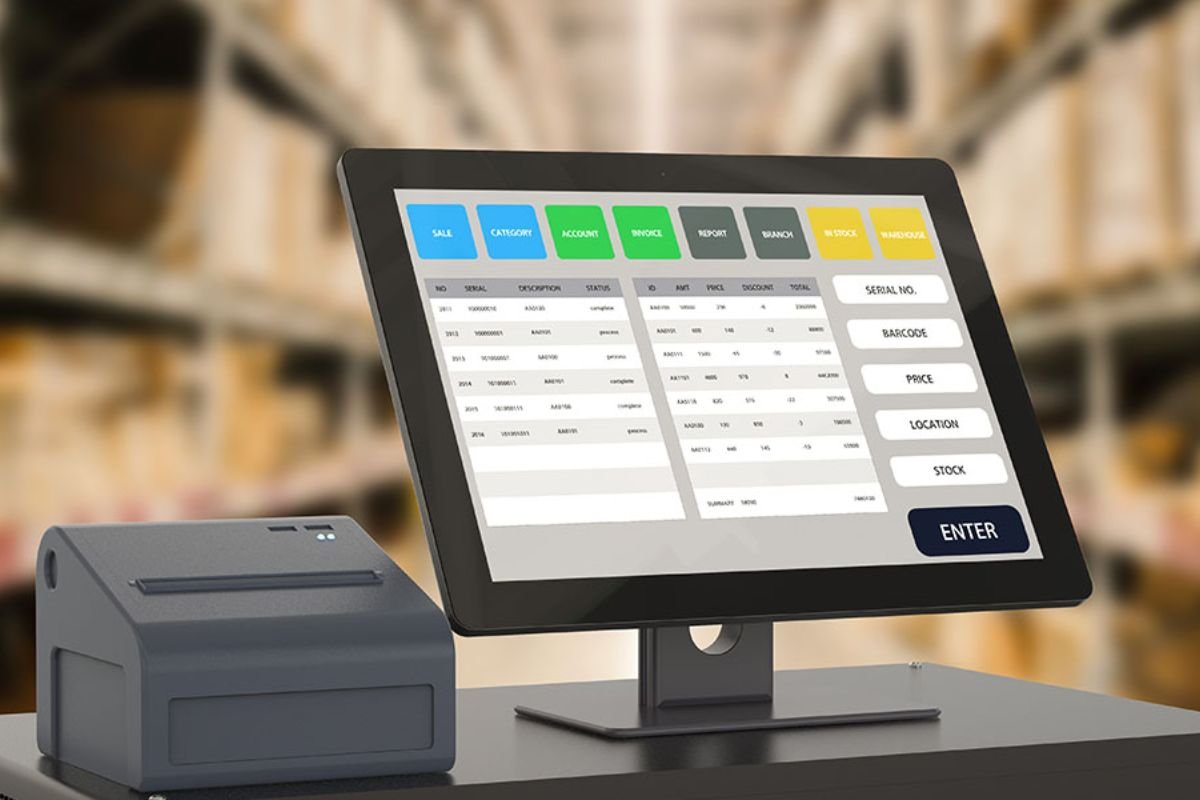Welcome to the ultimate guide to chemical safety – where we don’t just tell you the rules, we bring them to life with a dash of humor and a whole lot of practical wisdom. From the bustling labs with their potion-like substances to the humming factories filled with all sorts of concoctions, we’re about to embark on a journey.
And it’s not just any journey – it’s one where you learn to outsmart chemical hazards, suit up like a safety superhero, and transform your workplace into a sanctuary of safety and knowledge.
Understanding Chemical Hazards
Picture this: a bustling workplace, be it a lab with its beakers and test tubes, or a factory with its endless rows of machines. It’s like walking through a maze; one wrong turn and you could be facing a serious threat to your health and safety.
First things first, let’s break down these chemical hazards into four categories that are easy to understand:
1. Physical Hazards
Imagine chemicals that are the life of the party, but in the worst possible way. One wrong move, and they might just throw a fire or an explosion your way.
2. Health Hazards

These are the sneaky ones. They might not cause a scene right away, but give them time, and they can mess you up. We’re talking respiratory issues, skin that just won’t stop itching, or even something as serious as cancer. These chemicals are the silent but deadly types.
3. Environmental Hazards
These chemicals don’t just stop at harming us; they go the extra mile to harm our environment too. They can sneak into the soil, slither into water bodies, and basically be a toxic nightmare for Mother Nature.
4. Biological Hazards
Last but not least, we have the ones that can get under your skin, quite literally. They’re the bacteria, the viruses, the little critters that can cause infections and diseases.
Implementing Safety Measures
So, what do we do about these hazards? Well, it’s all about being a detective in your own workplace. Conduct a chemical inventory and hazard assessment. It’s like doing a roll call for chemicals and figuring out who’s likely to cause trouble.
Dress for Success – In Protective Gear!
Think of Personal Protective Equipment (PPE) as your armor in the battle against chemical villains. This isn’t just any outfit; it’s a set of gloves, goggles, and respirators that shield you from the bad stuff. And for those really intense chemical encounters, nothing beats a safety HAZMAT suit.
It’s like having your own personal safety bubble. Employers, it’s your mission to kit out your team with this gear and make sure they know how to wear it like pros.
Safe Storage: Keeping Chemicals in Check

Storing chemicals isn’t like shoving stuff in a closet and forgetting about it. These substances need their own special space – think secure containers in well-ventilated areas, with labels that are as clear as a sunny day.
Follow those storage rules like they’re the law, and keep an eye out for anything that seems off. Speak up if you spot trouble – your voice could be the one that prevents an accident.
Disposal: Out with the Old, Safely
Getting rid of chemicals isn’t as simple as tossing them in the trash. It’s a careful process to make sure we’re not harming people or our planet. Employers, you’re the directors here, providing clear, easy-to-follow guidelines on how to say goodbye to chemicals responsibly.
And if there’s a spill, report it faster than you’d share a hot piece of gossip.
Chemical safety isn’t just a checklist; it’s a way of life in the workplace. It’s about suiting up, storing smart, and disposing with care. Let’s make our workspaces not just places of productivity but zones of safety and wellbeing.
Training and Education
Let’s chat about something super important in our work lives – staying safe around chemicals. It’s not just about wearing gloves or goggles; it’s about arming ourselves with knowledge and skills.
So, let’s break down the essential training every employee should get to keep the workplace as safe as a cozy blanket.
Having knowledge about different drug testing services is also vital in such cases.
Chemical Safety Training: Knowledge is Power!
Imagine you’re a detective, and chemicals are your case. Chemical safety training is like detective school. Here, you’ll learn about the nitty-gritty of chemicals – their moods (properties), their tantrums (hazards), and how to calm them down (safe handling). You’ll dive into topics like:
– The ABCs of chemicals: What are they really about?
– Your safety gear (PPE): How to wear it, love it, and live it.
– Handling: The right way to handle and store these tricky substances.
– What to do when things go south: Emergency and spill responses.
– Disposal: How to wave goodbye to chemical waste safely.
This isn’t a one-size-fits-all kind of deal. Training should be as unique as the chemicals you work with.
Hazard Recognition Training: Spot the Danger Before It Spots You!

This training turns you into a hazard-detecting superhero. It’s all about keeping your eyes peeled and knowing what to look for. You’ll learn stuff like:
– How to spot a hazardous chemical from a mile away.
– Recognizing danger zones in your workplace.
– Decoding warning labels and signs – it’s like learning a secret language.
– The art of reporting hazards – because speaking up can save the day.
Hazard recognition training is an ongoing saga because new dangers can pop up anytime.
Mastering Chemical Safety – Your Path to a Safer Tomorrow
And there you have it – a whirlwind tour of the world of workplace chemical safety. From understanding the mischievous nature of various chemical hazards to suiting up in your protective gear, from storing chemicals like a pro to disposing of them without causing a stir, we’ve covered it all.
But remember, this isn’t just a one-time read. It’s an invitation to continuously learn, adapt, and become the champion of safety in your daily work life.






